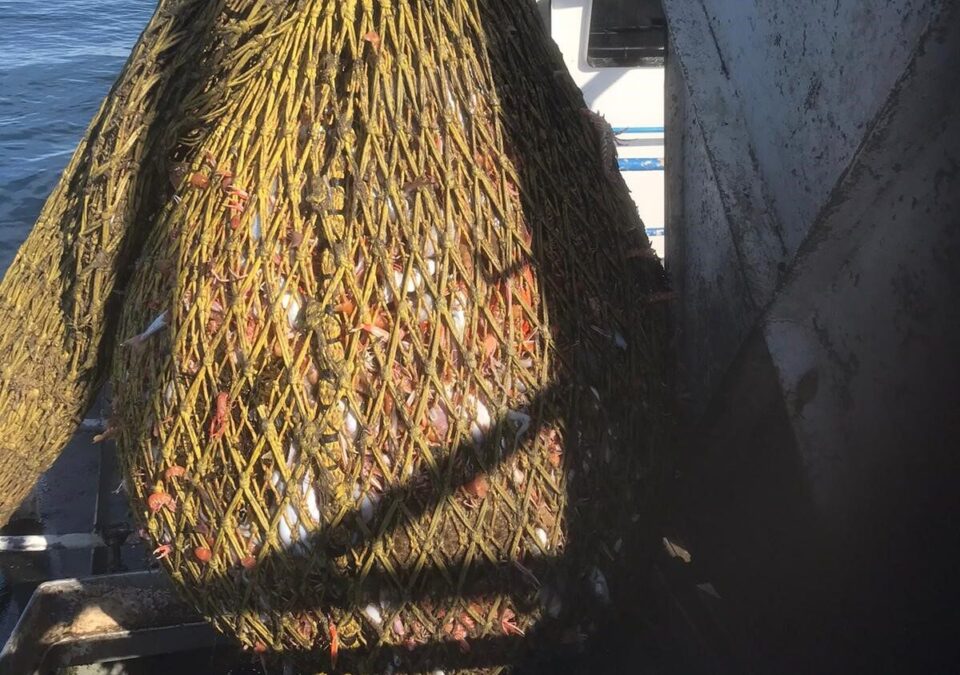The Council has reached a provisional agreement with the European Parliament on updated rules to help prevent overfishing. The revision of the fisheries control system modernises the way fishing activities are controlled to ensure that EU vessels and those fishing in EU waters follow the rules set out in the Common Fisheries Policy (CFP).
The agreement updates around 70% of the existing rules for controlling fishing vessels with the aim of making EU fishing more sustainable. The main changes include:
-
vessel monitoring systems (VMS) and electronic recording: to ensure compliance with the CFP, all fishing vessels will be tracked via a VMS (for certain smaller vessels, these rules will apply as of 2029) and will be required to record their catches via electronic means
-
recreational fisheries: recreational fishers catching specific species will need to undergo registration and to record and report their catches via an electronic system
-
landing obligation: remote electronic monitoring tools will be used to ensure that unwanted catches are brought to shore
-
revision of the sanctioning system: minimum levels of administrative financial penalties will be set for serious infringements of the CFP rules, as an alternative to criminal sanctions; a list of common criteria for some of the listed serious infringements will be agreed at EU level
-
improved traceability along the supply chain: it will be easier to trace fresh fishery and aquaculture products (including processed products following a Commission study and a five-year transition phase)
Preventing overfishing
There are also new rules on the margin of tolerance (or error) when estimating catches, which will help avoid misreporting. Data collection on recreational fisheries will also be enhanced.
Finally, certain larger vessels will be equipped with a device to measure engine power, to ensure that their fishing capacity remains within the limits set out in the CFP.
In general, the new rules will apply two to four years from their adoption. This will leave enough time for the EU’s fishing authorities and other relevant stakeholders to adapt to the new requirements.
New rules for imported products
A digital system (known as “CATCH”) will be introduced in the context of the catch certification scheme for illegal, unreported and unregulated (IUU) fishing. The aim is to ensure that catch certificates and other related documents will be managed in a single, EU-wide digital environment, thus improving the ability of authorities to detect products stemming from IUU fishing.
Non-EU countries will be able to produce and validate catch certificates directly in the CATCH digital environment. For fishery products imported into the EU, importers will also need to submit catch certificates via CATCH.
Why control fishing activities?
The EU is the world’s biggest market for seafood, and fishing plays an important economic, social and cultural role in many EU countries.
The CFP sets out principles to help maintain healthy fish stocks in EU waters while also supporting fishing communities. These include quotas to prevent overfishing, restrictions on the engine power of vessels, and obligations to release sensitive species such as sharks back into the water.
In order to ensure compliance with these rules, the EU needs a modern, effective and harmonised fisheries control system that makes use of the best available technology.
Next steps
Member states’ ambassadors to the EU will be asked to approve the agreement reached with the Parliament at an upcoming meeting of the Permanent Representatives Committee. The text of the regulation will then undergo legal and linguistic revision before being adopted by ministers at a forthcoming Council meeting.
Background
The main legal framework for the EU’s fisheries control system is set out in Regulation (EC) No 1224/2009 on fisheries control. Monitoring is carried out by national authorities, with the support and cooperation of the European Commission and of the European Fisheries Control Agency (EFCA).
In 2018, the Commission published a proposal to revise the control system in order to simplify it, make it more effective and ensure full compliance with the reformed CFP. The main aims were to improve the availability and reliability of data, harmonise implementation across EU countries, reduce administrative burdens and encourage the use of technology such as CCTV.


Recent Comments